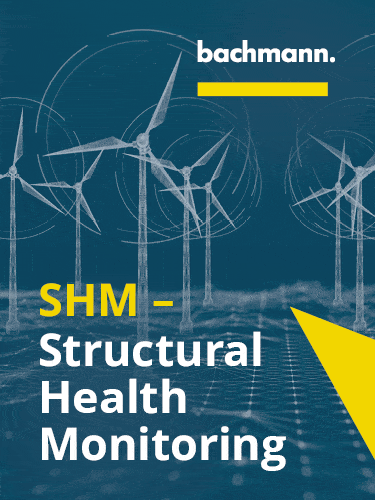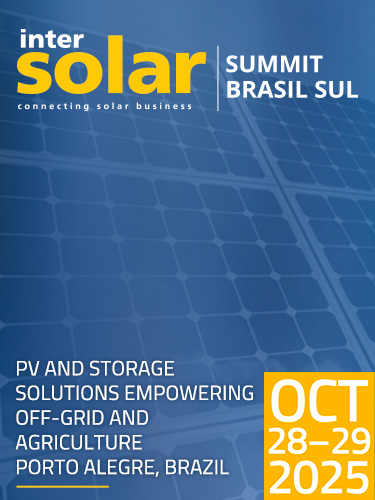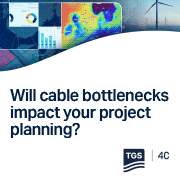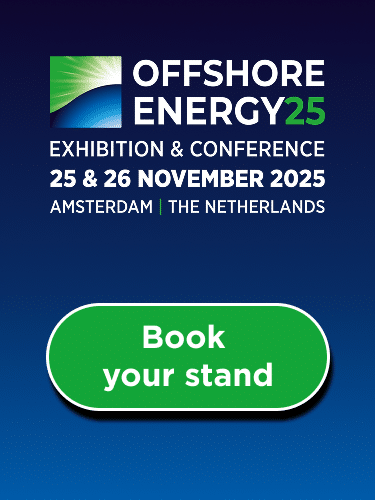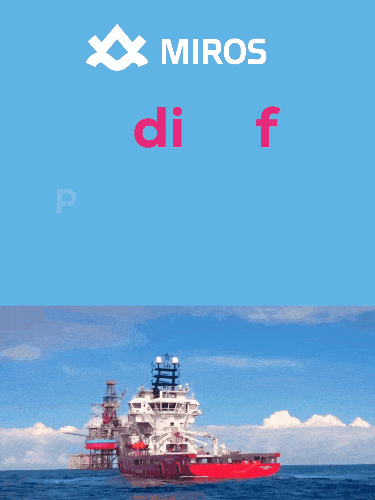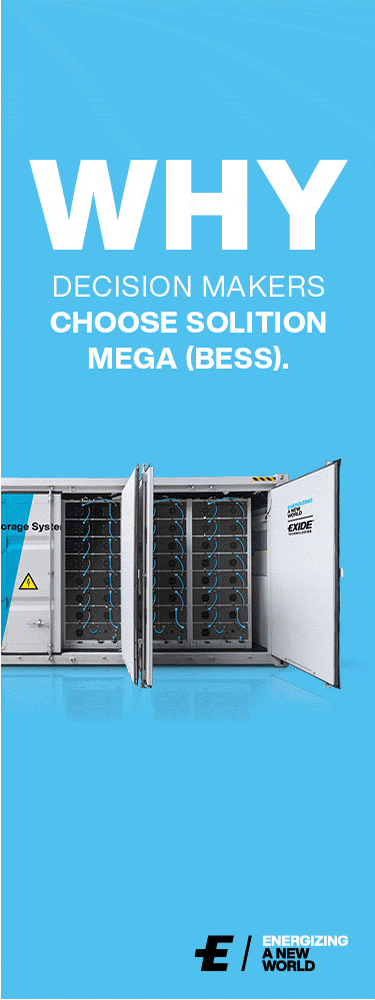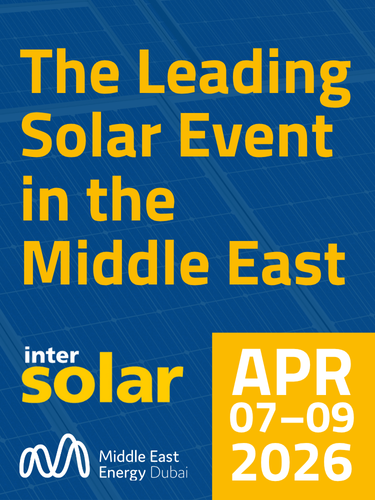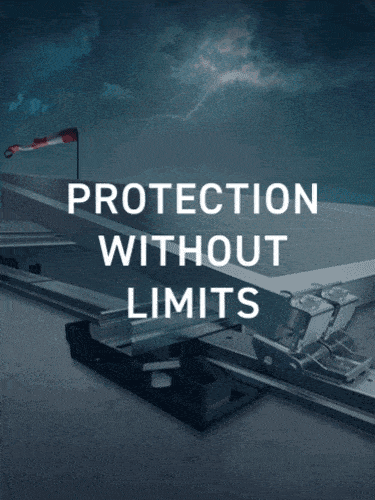News
Cross-border energy networks can cut USD 800 BN from ASEAN's decarbonization cost, DNV research indicates
- New DNV research estimates the costs of ASEAN member states decarbonizing individually, with moderate cross-border power interconnection, or with full regional cooperation involving interconnectors, hydrogen networks, and energy storage.
- The study recommends achievable short-, medium- and long-term actions to reduce technical, economic and policy hurdles to increased interconnection.
Singapore, 17 April 2024 – DNV, the independent energy expert and assurance provider, forecasts that decarbonizing the energy supply across the member states of the Association of South East Asian Nations (ASEAN) could see a staggering reduction of USD 800 billion in costs through comprehensive regional collaboration encompassing power interconnectors, hydrogen networks, and energy storage infrastructure.
This compelling insight stems from the latest DNV white paper, titled “ASEAN Interconnector Study: Taking a Regional Approach to Decarbonization,” released today. The paper meticulously evaluates the advantages of a unified regional strategy towards decarbonizing the power sector, while also addressing hurdles such as efficiently integrating the substantial influx of renewable energy.
The aspiration to achieve net-zero carbon emissions by 2050 is widely shared among the ASEAN member states. Alongside this vision, there exists a longstanding goal to establish an ASEAN Power Grid, aimed at meeting the region’s burgeoning energy needs while bolstering energy security. This ASEAN Power Grid could be used to support decarbonization efforts by transporting clean energy from countries with excess renewable power to countries with shortages. However, most decarbonization efforts to date remain confined to individual nations.
DNV models three scenarios for a decarbonized ASEAN power sector by 2050: In one (‘Individual Approach’), countries try to fully decarbonize alone from their own resources. In another (‘Moderate Interconnection’), based on the ‘ASEAN RE Target Case’ in the ASEAN Interconnection Masterplan Study Phase III, there are several cross-border power interconnectors but with limited transmission capacity and no hydrogen network. The third DNV scenario (Regional Cooperation) envisages full, unconstrained resource-sharing between countries, involving power interconnectors and hydrogen networks.
The study underscores that the primary advantage of Regional Cooperation lies in minimizing the necessary levels of renewable generation and energy storage to attain net zero, thanks to the enhanced utilization and sharing of resources from regions abundant in renewable potential.
The paper concludes, such collaborative efforts can yield substantial cost savings, optimize material resource utilization, and reduce the land footprint required for renewable energy development. DNV estimates that Regional Cooperation can cut USD 800bn (approximately 11%) from the overall net present cost of ASEAN decarbonization by 2050 compared with the Individual Approach, and USD 300bn (approximately 5%) compared with Moderate Interconnection.
Drawing on its findings and on discussions with stakeholders, the study makes concrete recommendations on how technical, economic, and policy hurdles to decarbonization can be resolved in achievable chunks in the short, medium, and long terms.
“Decarbonization is a global challenge and ASEAN countries should not address this individually. With increased cooperation and resource sharing we can increase the speed of the energy transition while reducing the cost to consumers and the environment,” said Mats de Ronde, Team Lead, Energy Markets & Strategy APAC, Energy Systems at DNV.
Moderate interconnection can be a stepping stone
“At DNV we aim to support the energy sector with insights to realize a clean, affordable and reliable energy transition. We hope that stakeholders in the ASEAN power sector find the paper useful and helps them transition faster,” added Brice Le Gallo, Vice President and Regional Director APAC, Energy Systems at DNV. “Our study forecasts power flow between ASEAN countries and regions under different scenarios. A key finding is that Moderate Interconnection offers substantial cost savings and requires limited interconnectors, meaning less resources and investment. This can be seen as a moderate step towards decarbonization as key stakeholders recognize the benefits of cross-border interconnectors.”
For media enquiries, please contact
Neil Slater
Head of Media Relations
Energy Systems
DNV
Tel: +44 (0) 7876 578 353
E-mail: neil.slater@dnv.com
Penda Sall
Media Relations
Energy Systems
DNV
Tel: +33 (0) 651 69 88 64
E-mail: penda.sall@dnv.com
About DNV
DNV is the independent expert in risk management and assurance, operating in more than 100 countries. Through its broad experience and deep expertise DNV advances safety and sustainable performance, sets industry benchmarks, and inspires and invents solutions.
Whether assessing a new ship design, optimizing the performance of a wind farm, analyzing sensor data from a gas pipeline, or certifying a food company’s supply chain, DNV enables its customers and their stakeholders to make critical decisions with confidence.
Driven by its purpose, to safeguard life, property, and the environment, DNV helps tackle the challenges and global transformations facing its customers and the world today and is a trusted voice for many of the world’s most successful and forward-thinking companies.
In the energy industry
DNV provides assurance to the entire energy value chain through its advisory, monitoring, verification, and certification services. As the world’s leading resource of independent energy experts and technical advisors, the assurance provider helps industries and governments to navigate the many complex, interrelated transitions taking place globally and regionally, in the energy industry. DNV is committed to realizing the goals of the Paris Agreement, and supports customers to transition faster to a deeply decarbonized energy system.

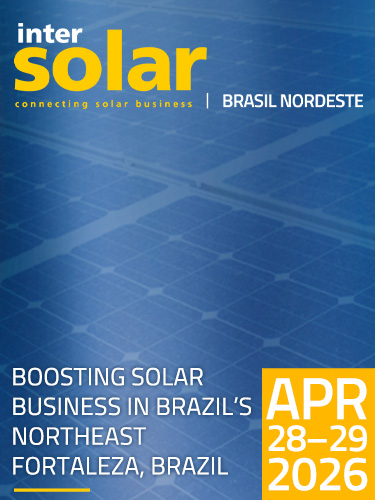
.gif)
